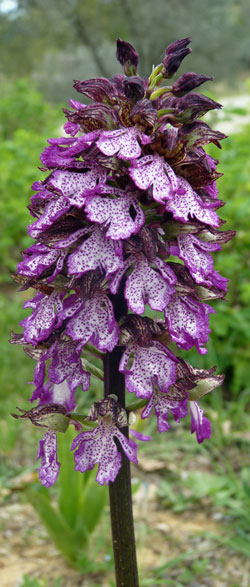
CdP
24 April 2015
It’s so annoying (or do I mean quite wonderful?) when an orchid (Orchis purpurea, I think) insists on growing right in the middle of your so-called lawn, rather than in innumerable other places where you don’t have to painstakingly mow around rather than over it. It’s the same with verbascum (V. thaspsus perhaps?) which spreads its huge woolly leaves all over the place. I treat these with slightly less respect: there are so many growing in sensible places after all, that lopping a few of their heads off in the name for neat-ish grass is, I think, forgiveable.
Spring problems are the gardening equivalent of first world problems, aren’t they? Especially in the kind of spring we’ve been having so far: a dazzle-blue, warm, dry, blossom-filled spring. The bindweed’s back? But so are the irises. The couch grass is weaving a thick mat between the raised beds in the vegetable garden? But every gentle breath of wind covers you in a delirious confetti-storm from the cherry and crabapple trees. For the moment, complaints just don’t wash.
I don’t know whether it’s something about this year, or whether it’s just my nose being particularly sensitive, but the usual swift succession of marking-the-seasons perfumes is more overwhelming than ever. The Daphne odora in the bed by my office gave way to a show of Viburnum burkwoodii pompom-flowers that you could smell from the carpark – a warm, musky smell that surely has been there every other year but I don’t remember it being quite so vibrant before. Behind the chicken house, the Lonicera fragrantissima is all but gone but the Eleagnus umbellata has taken over, helped by the Choisya ternata up on the orchard level.
But it’s the fruit tree blossom – apple, crabapple, cherry – which has surprised me more than anything else. Has it always perfumed the air quite so much? Or am I generally so overwhelmed with the spectacle that I never employ any other senses? The tiny, unflourishing M. domestica Limoncella tree by the top carpark is dreamy.
I was fascinated an item on BBC radio the other day about research into describing odours, and how English is so lacking in words for olefactory sensations. The argument seemed to go that because we couldn’t say it, we probably didn’t smell it – or notice that we were smelling it. And as that is an argument I use for many things (such as my contention that for people who can identify plants, like people who can identify rocks and other geological bits and pieces, just walking along the street or across a field takes on whole new dimensions) it would be churlish of me to pooh-pooh it (hahaha). But speaking for myself, I’m not sure that it stands up entirely. Between the (growing number of mainly chemical) smells that turn my stomach and make me retch indoors (L says I’m nose-delusional) and my obsessive air-sniffing in the open air, I’m hugely smell-alert.
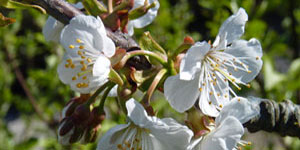 |
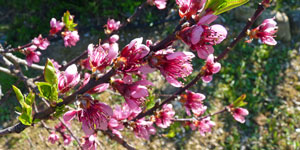 |
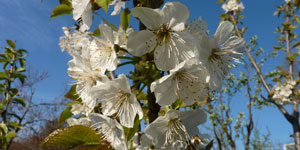 |
||
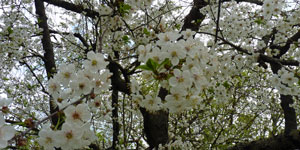 |
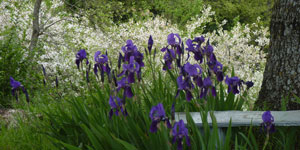 |
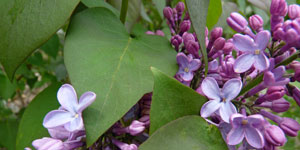 |
||
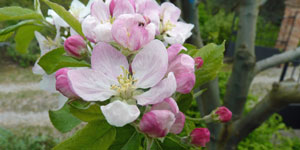 |
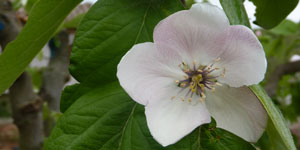 |
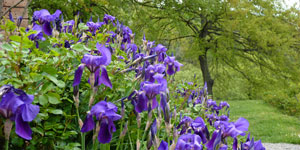 |
So much so that perfumes on the air can torment me for days. Last week I went to visit an old client/friend near here. Walking up the drive to her house, an exquisite perfume seemed to be emanating from a distant field of broad beans. I poked about to see if there was anything else in the vicinity but could find nothing. A couple of days later, driving down the hill past the pig farm (not known for delightful scents), I smelt the same thing again – and again, there was a big field of broad (fava) beans. As soon as I got home, I rushed out to sniff at the flowers on my own beans in the orto. Nothing. Not even the faintest shadow of a smell.
Ah. Um. Perhaps I’ve just solved my own mystery. Perhaps what I took at a distance to be broad beans were actually field (aka horse) beans, grown as green manure – not the selected strains of Vicia faba which produce the huge pods that we like but the wilder type. And these, I’m reading now, produce sweet-smelling flowers.
So clearly what we’ve gained in size in our broad beans we’ve lost in perfume. That would explain it.
With so much blossom busting out, I’ve been trying to place it in order of preference. (Why? Heaven knows.) Stately, elegant Cydonia oblonga (quince) is way out there in front. And though apricot is superb by virtue of being first and peach is wonderful in its brilliant pinkness and cherry is a delight in its etherial glory, I’m going to have to plump for apple as best-after-quince. It has a delicacy that is magnificent. Next up comes my Malus Cardinal crabapple, which becomes a ludicrous ball of shocking pink flowers daringly foist upon puce-coloured foliage. Of course, this chart of favourites may change soon when the Diospyros kaki (persimmon) and Mespilus germanica (medlar) blooms emerge. This latter in particular may worm its way in their between quince and apple. I’ll have to see.
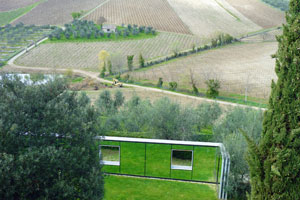 |
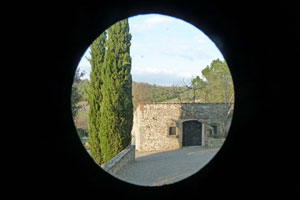 |
We spent a pleasant weekend at Castello di Ama, being startled once again by the extraordinary wildness of Chianti.
Ama itself is far from wild. Its vineyards are immaculate and its village properties are dotted with some seriously challenging art works. (I love the Kapoor red hole-of-nothingness in the chapel floor, the Pistoletto tree-trunk-with-mirror going down to the old cellar and – despite its ugliness when seen from outside – the windows-and-mirrors Buren on the front lawn.) But it’s a wine-civilisation hewn from inhospitable lands, underscored here by the massive cyclopean drystone walls that the winery’s director Marco Pallanti has had constructed from rocks unearthed in his fields, forming immense terraces of still-stony soil in which the vines thrive. And the fields of vine-rows, extensive as they are, rarely dominate. Rather they are hollows in that scrubby forest of low oaks that is so much as part of the landscape in that neck of the woods.